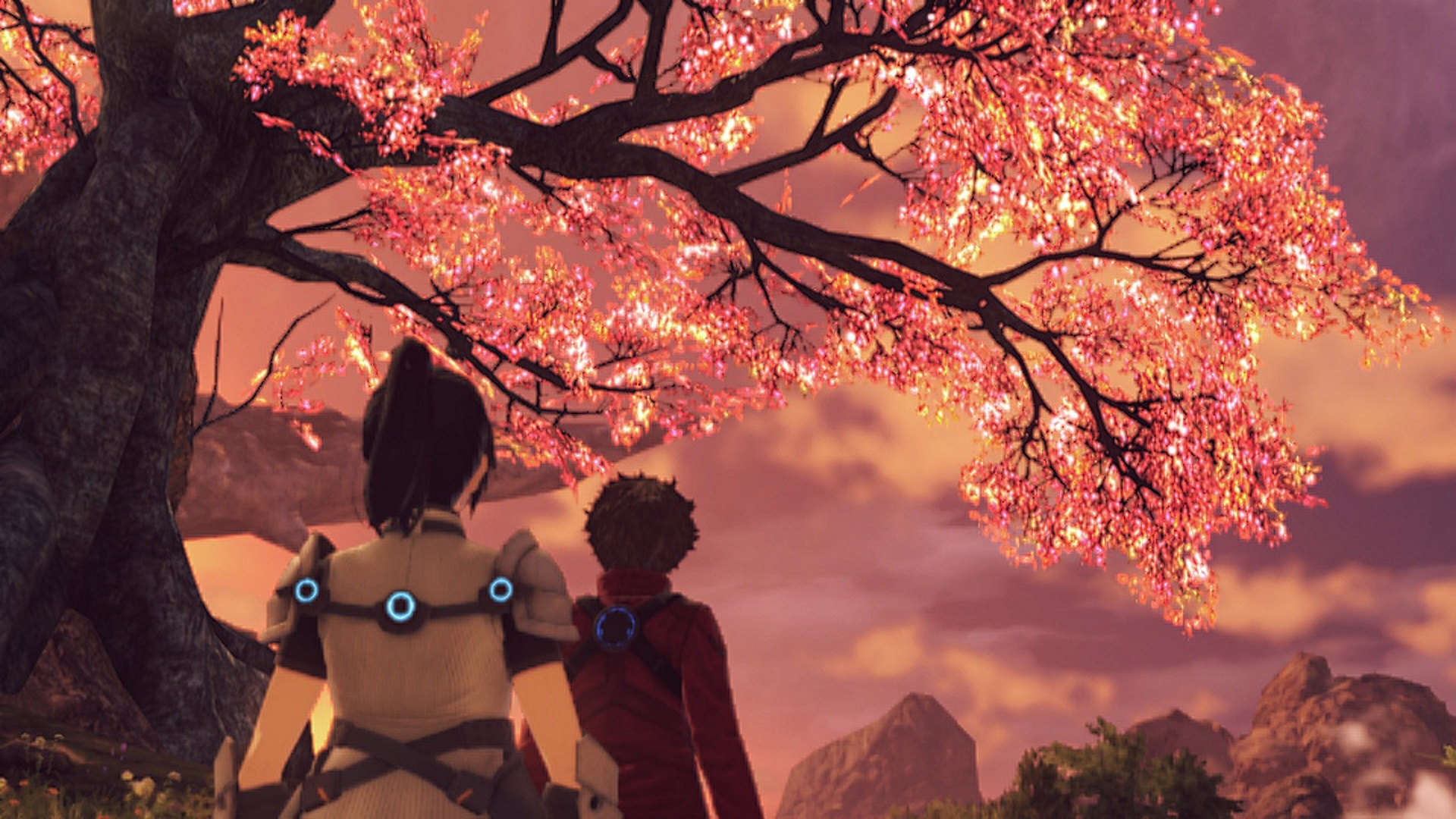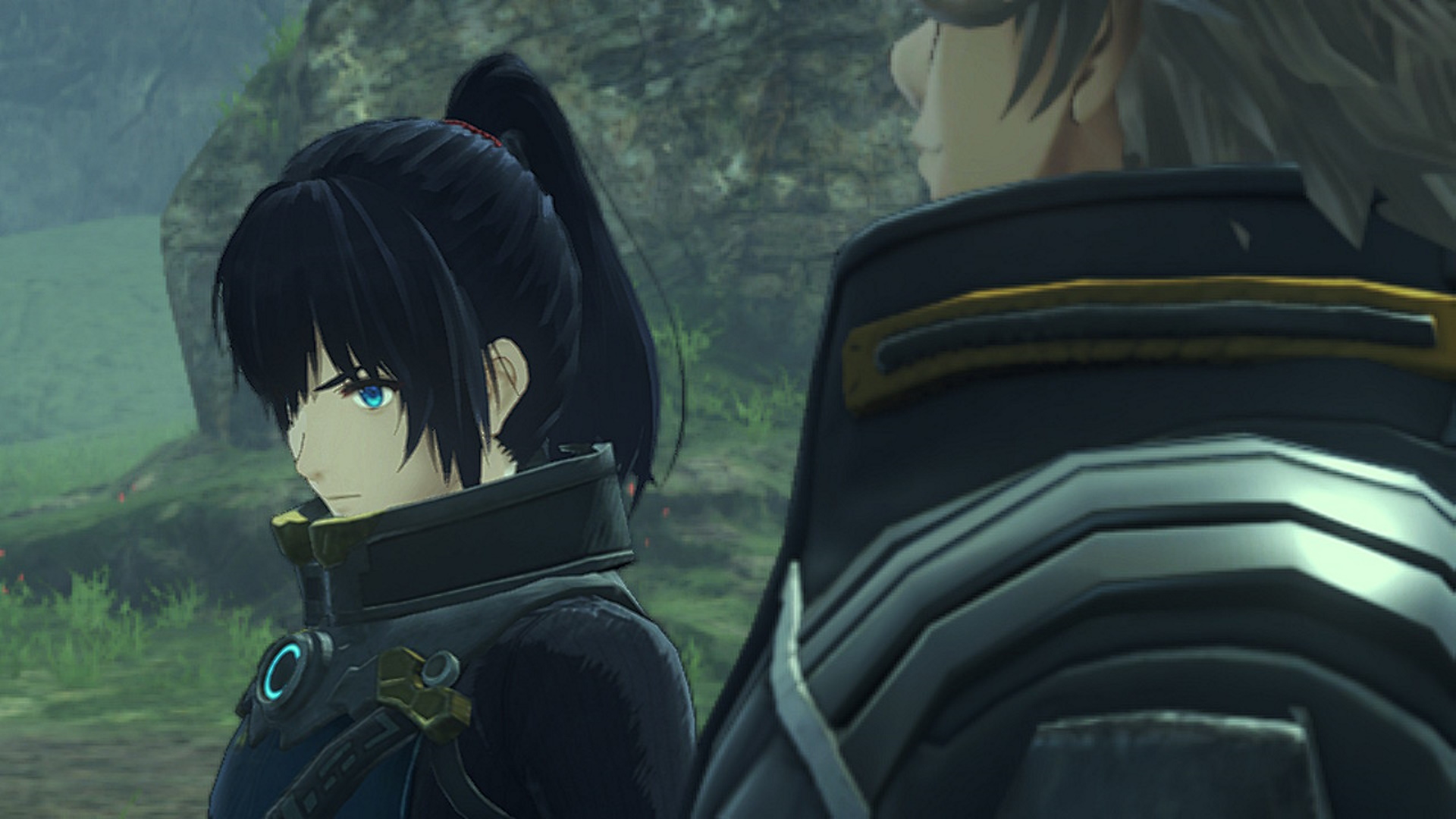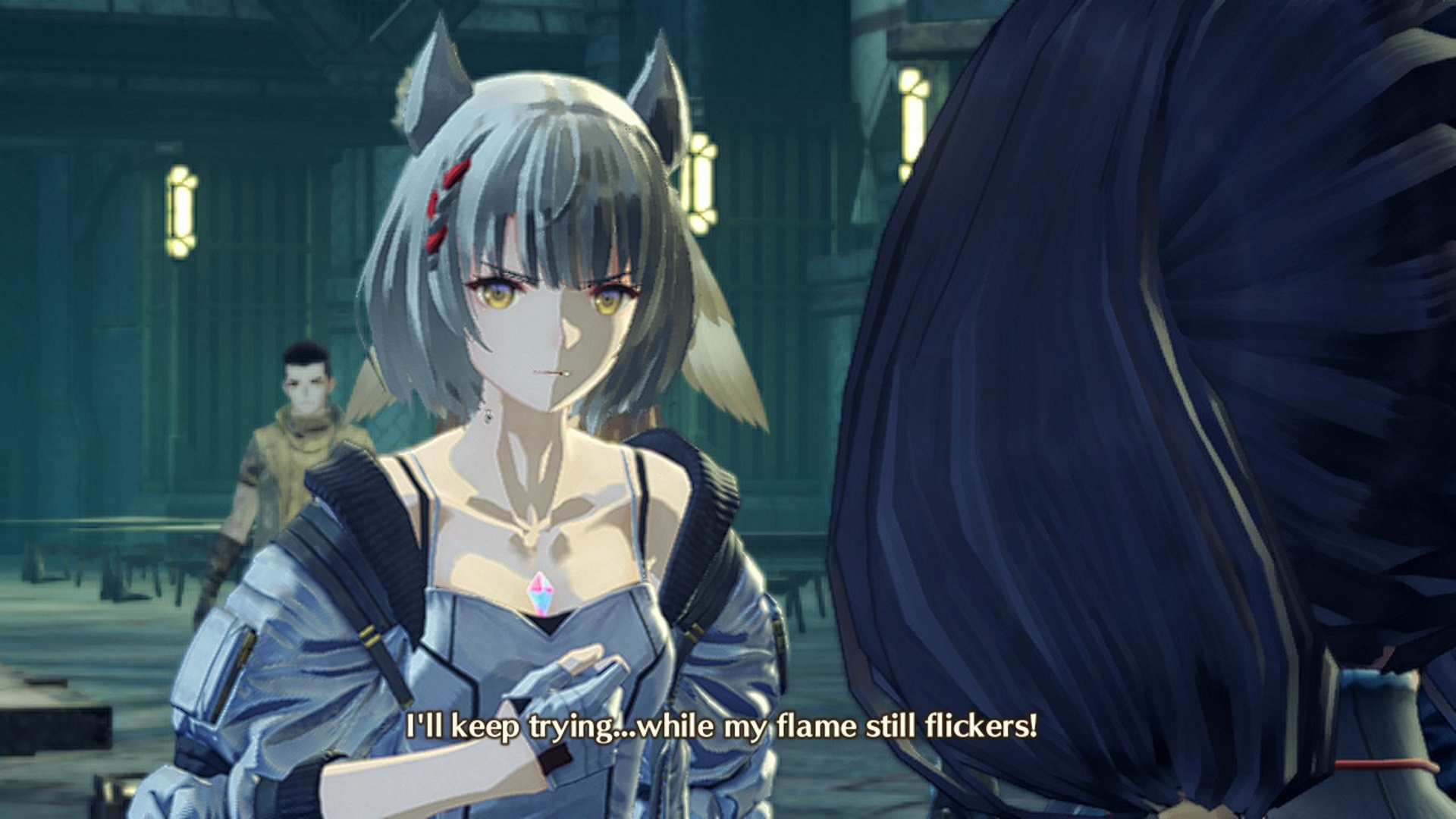Xenoblade Chronicles 3 is better for leaving the series' god obsession behind
Faithless and free

If Tetsuya Takahashi is making a Xeno- game, you can bet it probably has something to do with gods and the shackles of corrupt religion. Xenogears – the Xenoblade series’ PlayStation 1 ancestor – is dripping with subtle and not-so-subtle references to spiritual traditions and wrongheaded religious authority. Not to mention the standard themes you often expect to find in RPGs: killing gods and freeing humanity.
Xenoblade Chronicles 3, however, does away with gods completely and kills its authority structures in the first chapter. It’s a much stronger, more thoughtful and lasting experience because of it.
After Xenogears and Xenosaga, Takahashi’s ideas and storytelling preferences made their way to the Xenoblade series. Shulk, the protagonist of the first Xenoblade Chronicles, has the ultimate goal of creating a world without gods, so people can exercise free will – a lofty vision never fully borne out in the game itself. Xenoblade 2 has an evil pope, or Praetor. And the Architect – the god of Alrest, the world where Xenoblade 2 takes place – is the proverbial humbug behind the curtain. He’s no deity at all, and certainly not the all-powerful being the player character pinned his hopes of salvation on.
The problem is that having such clear goals and easy villains means there’s little room for uncertainty in what comes after. Shulk succeeds in ridding the world of its gods, who admittedly didn’t interfere that much in the first place. But what this new life looks like and why it matters isn’t something Xenoblade 1 ever bothers considering. At the end of Xenoblade 2, meanwhile, protagonist Rex learns a lesson about growing up and Alrest is reborn – despite the fact that the power structures that led to the game’s conflicts remain largely untouched. The suggestion is that these actions were right for everyone, and that all involved can live happy and uncomplicated lives afterwards.
Plot unholy

The whole idea of Xenoblade Chronicles 3, by contrast, is to dismantle the structures that make this kind of easy certainty possible – then figure out what to do next. The people of Aionios, where Xenoblade 3 mostly unfolds, are locked in constant warfare. The point of their existence is to kill others, actually stealing their lifeforce so they can continue surviving, and to climb the ranks in the hope of gaining the most basic necessities, such as food.
Defeating their real foes is just the start. The actual struggle comes from trying to decide what happens afterwards – how to live or think without someone telling you what to do
The 10-year lifespan everyone is subject to creates a cycle of constant disruption, and the perfect framework for oppression. There’s never enough time or shared knowledge for anyone to develop ideas, or even their own personalities. You even find out in Side Story: Eunie that the military rank system is another cruel joke. Gold rank is supposed to offer freedom from fighting, but once a battalion makes it that far, their Consul murders them all.
Everyone wants to escape from this bleak existence, but defeating their real foes is just the start. The actual struggle comes from trying to decide what happens afterwards – how to live or think without someone telling you what to do, and grappling with the fear that comes from letting go of what you once knew.
Get daily insight, inspiration and deals in your inbox
Sign up for breaking news, reviews, opinion, top tech deals, and more.
Side show

Once you reach chapter three, Xenoblade Chronicles 3 essentially has two stories: the main one, where the party struggles against the sinister Moebius, and the side quests that grapple with the fallout of their choices. The latter are where some of the most significant worldbuilding and character growth unfold, and while it may seem counterproductive to hide such important development as optional material, it seems only natural in a game about uncovering the truth for yourself. It’s a risky but subtly brilliant narrative decision.
The members of Colony 9 struggle in adapting to a life without strife and the constant need to prove themselves
After you liberate a battalion, you quickly discover freedom means more problems – not fewer. The members of Colony 9 struggle in adapting to a life without strife and the constant need to prove themselves. Colony Tau, abandoned by their Consul and deemed worthless even before they were liberated, must cultivate not only food but a sense of self-worth – a belief that their lives are worth living, regardless of what others think. Dismantling Aionios’ power structures is an important part of Xenoblade 3, but the struggle to derive meaning from existence, for you and the people around you, is the real fight, and ultimately the real win.
It’s not and can never be a final victory, though, and the City is one of the best examples of this theme. Once you reach Swordmarch in chapter five, local resident Monica presents the City as if it’s the ideal everyone should strive for. “This is what life should be like,” she says, pointing to a cycle of birth, love, rebirth, and death that lasts well beyond 10 years. Do a bit of digging around the City, though, and you find out it’s just another trap – a set of ideals that people live by because it’s easier than going against the grain. During one side quest, a City dweller makes a passing mention about the commander of their salvaging group – who went against local norms by not wanting children. The dweller hopes they could be as brave.
It’s Monica who eventually shatters any illusions the party may have about life – pointing out that everything people struggle for, whether that’s family or community, could fall apart. The point, she says, is to keep struggling and come out on the other side regardless – summing up Xenoblade Chronicles 3 perfectly.
It’s not an answer, not really. But Monolith Soft isn’t interested in giving answers, especially easy ones. And that willingness to raise big questions, to avoid giving you clear victories at every turn and to reject the simplicity of right and wrong, is where Xenoblade Chronicles 3 shines a bit brighter than other RPGs.

Josh is a freelance writer who’s appeared on GameSpot, Eurogamer, Polygon, IGN, and more. He covers pretty much everything from guides to reviews and news and is a particular fan of RPGs and story rich games. When he’s not chatting incessantly about Falcom games, you’ll probably find him outside with his Australian Shepherd and Belgian Malinois.